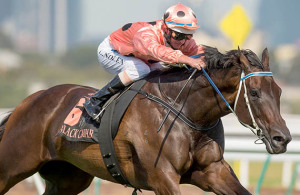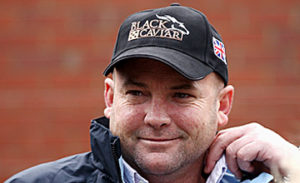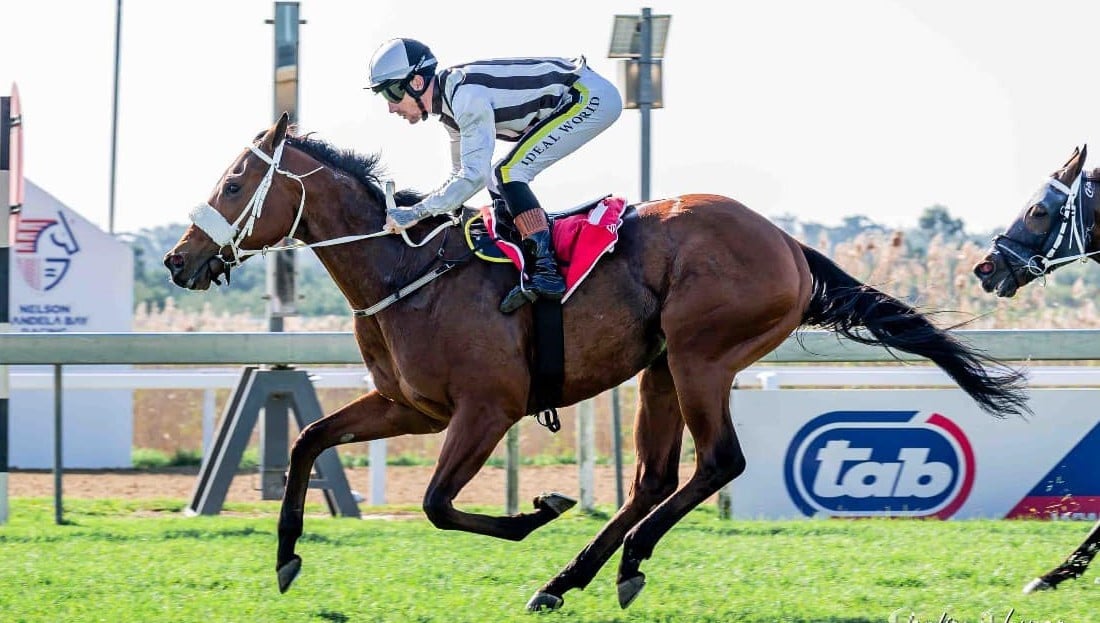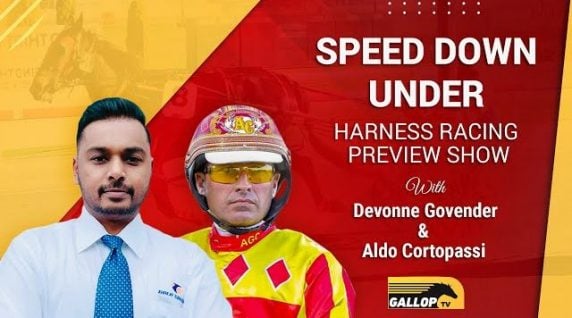Australian horseracing’s latest drama may have shocked the wider world but in the industry itself there is not a single dropped jaw, writes Robert Cradock on www.news.com.au
The racehorses that failed doping tests were almost certainly injected in the neck with a performance-enhancing drug, investigators believe.
The shock revelation that has rocked Victorian racing comes as three top trainers now facing bans if the allegations are proved declared their innocence.
As Peter Moody, Danny O’Brien and Mark Kavanagh expressed shock at the positive drug tests, which trace back to last year’s spring carnival, the drug testers claim the testing equipment is foolproof.
Three horses trained by O’Brien and one trained by both Moody and Kavanagh tested positive in urine tests to banned drug cobalt chloride.
The trio face disqualifications of up to three years, penalties that could ruin their glittering careers. Moody is most famous as trainer of the legendary Black Caviar and is a four-time premier Melbourne trainer
Cobalt use had became a cancer in an industry where the pressure on desperate trainers to find a winning edge remains a wicked incentive to break the rules.
Drug-wise, racing is no different to the Olympics. The dodgy chemists always seem to be a year or two ahead of the testers.
“Cobalt was everywhere. They had to act,’’ one industry source said yesterday.
“There have been cowboys out there selling it for years and I’m not even sure whether some of them knew what they were doing.
“Before a threshold was introduced last year there were an enormous amount of horses on it. It certainly improved horses. There were horses on it going around the provincials who improved to near open company in town.’’
Some Brisbane harness racing horses which had career-best mile rates of 1:58 sec reportedly improved to around 1:56 sec after being treated with cobalt.
Finally the gap has closed but the interesting part is what happens now, because racing has a tendency to handle big scandals badly.
From the Gai Waterhouse-John Singleton stoush, to the mysteriously delayed inquiry into Damien Oliver betting on a rival horse, hearings seem to proceed slowly and the line between fact and fiction, right and wrong, becomes clouded with protracted debate.
All this happens while punters press on not knowing who to believe and heavily suspecting they’ve been had.
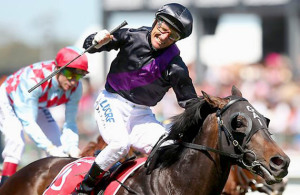 Racing’s paranoia about its own image is such that when the VRC released a press release late on Melbourne Cup day wrapping up the day it waffled on about the warm and fuzzy elements for 15 paragraphs before sneaking in a brief mention of the fact that two horses died, which was the only thing anyone was talking about.
Racing’s paranoia about its own image is such that when the VRC released a press release late on Melbourne Cup day wrapping up the day it waffled on about the warm and fuzzy elements for 15 paragraphs before sneaking in a brief mention of the fact that two horses died, which was the only thing anyone was talking about.
The cobalt issue is bigger and potentially more damaging than the Waterhouse, Oliver and Cup death stories. It must be sorted out quickly and clearly by stewards who, it must be said, have made an impressively strong start.
According to an industry source, there have already been some secret and alarming twists.
“You cannot ban the substance because it occurs naturally but when they put a threshold on it you would have thought people would be dropping off, but a whole new group started using it and pushing it to the threshold.’’
For some reason, because drug tests positive to cobalt took six weeks to come back instead of the normal one or two weeks, there were harness racing trainers in Sydney who thought it was not testing positive because they had heard nothing for the first weeks after being tested for it. Then they were caught.’’
The cobalt story started a decade ago when it was first used by harness racing trainers in North America at the same time that scientists in Europe were learning that it had similar effects on humans to EPO, in that it makes the body believe it is not getting enough oxygen.
Australian stewards were tipped off about its regular use a year ago as distressing stories filtered through from California about the mystery deaths of seven racehorses trained by world-renowned trainer Bob Baffert.
Though no irregularities were found and it was later concluded that five died of heart attacks, there were reports that tissues from the horses had been tested for cobalt.
Horses who are given cobalt have been known to improve rapidly but also fade quickly if they receive too much of it.
There were reports that after NSW stewards set a limit of 200 micrograms per litre, one horse returned a level of 3500.
Cobalt is not a prescription drug, so it can be easily obtained.


